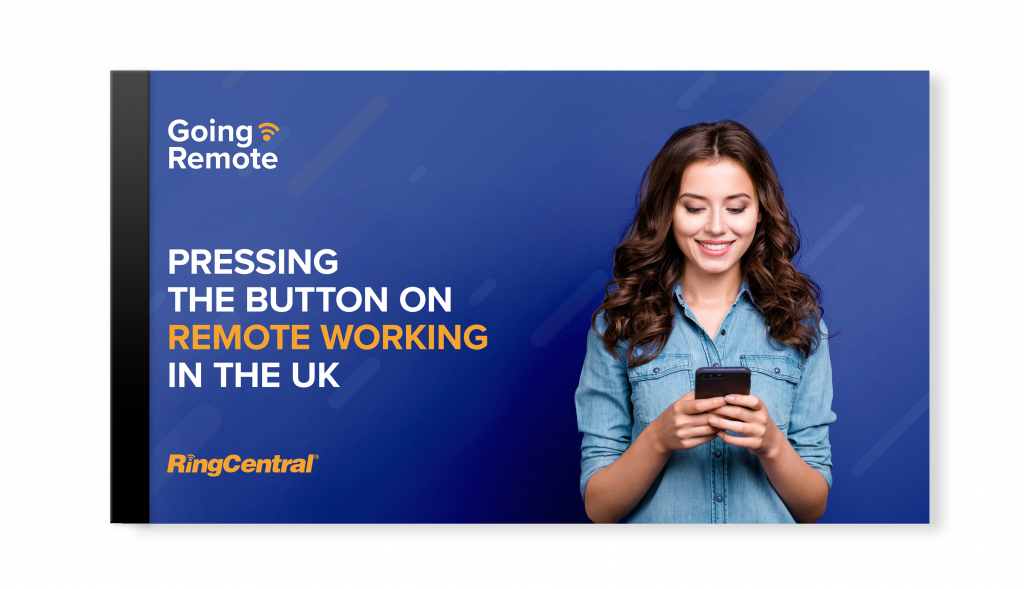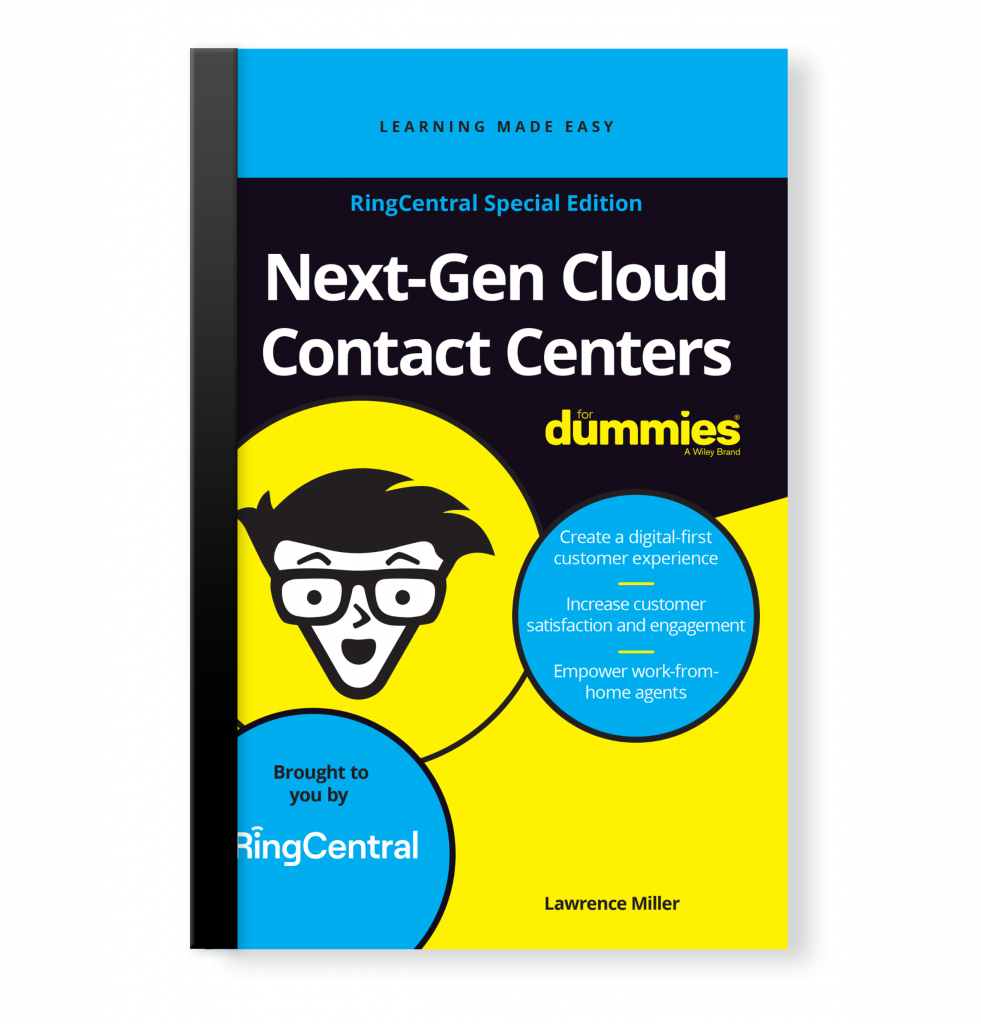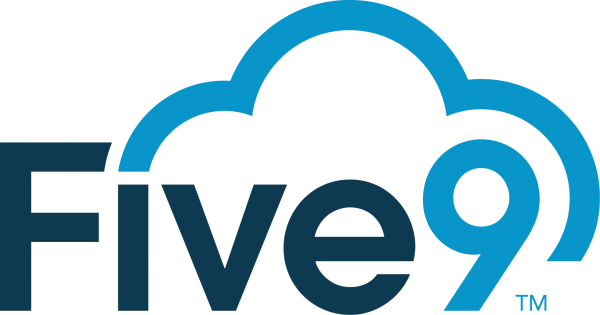Ring Central
An expert, independent partner who can harmonise your IT and telecoms with speed and ease
A Leader in the 2021 Gartner Magic Quadrant for UCaaS.
When choosing a Unified Communications Partner, most businesses begin their journey with the Magic Quadrant from Gartner.
Gartner are a team of research and advisory experts who provide expert guidance and tools to enable faster, smarter decisions and stronger performance on an organisations most critical priorities and each year unified communications vendors fight for the top spot in Gartners Magic Quadrant.
The UCaaS Magic Quadrant assist digital application leaders in selecting providers that best align to their organisation’s needs and in the 2021 report Ring Central hold top position alongside Microsoft.
Introducing RINGCENTRAL MVP
Message. Video. Phone. Integrated.
The cloud-based phone system makes it easy to manage calls and voicemails on any device. It is complete with local numbers, extensions, call delegation, call screening and visual voicemail.
Here are some of the benefits:
- Simple setup: Port existing numbers to your RingCentral account or create new ones instantly.
- Keep track of all offices: IT admin made easy. Manage users, monitor call quality, dive into usage and control employee permissions – all in one place.
- Connect every call: Set business hours, custom greetings and advanced call routing so you’ll never miss a conversation.

Collaborate with team messaging
Built-in team messaging allows you to chat with colleagues and external parties, share files, tasks, and calendars, and create teams. There’s a whole suite of other messaging features. For example, you can choose from an entire menu of emoji reactions to respond or add more personality to your own messages with the format message toolbar.
Notable features include:
- 100 outbound minutes/month included
- HD voice
- Auto-Receptionist
- Team messaging with unlimited guest users
- Data retention and backup
- GDPR compliant
- 24/7 support
- Multiple HD voice enabled devices
What Are The Benefits?
Small businesses and large enterprises alike will see value in the Essentials package.
Security and reliability come first.
Essentials offers seven layers of security to protect your data and communications. Service remains at the highest standard with a 99.999% available uptime SLA – this equates to around 5.26 minutes of downtime each year.
A solution that grows with you.
The best part of the package for businesses is the ability to scale with the cloud, meaning we can keep up as you expand. With room to grow and add at competitive rates, there is something for all types of businesses.
Remote Working
In the UK, the number of remote workers increased by 25% in the decade from 2008 to 2018. That rate was mirrored in mainland Europe. As digital capability transformed the way we live inside and outside of work, it shaped our behaviour and expectations. Post-pandemic, it’s anyone’s guess what percentage of the workforce will keep working remotely. One thing’s for certain – the country won’t be ‘going back’ to work.
What are the benefits of Remote Working?
Remote working comes with a plethora of benefits not just for employees, but for managers and employers too. With remote employees looking to make work fit around their own daily schedules, many now have the opportunity to create a working environment that works for them. The remote employee can juggle childcare and home life alongside their work duties and tasks in a more flexible working environment, ultimately restoring a better work-life balance.
Benefits for remote managers:
Remote managers now benefit from having the tools and technology at their fingertips to manage their team efficiently from a distance. Without the distractions of the office, team leaders can focus less on the demands of daily face-to-face meetings and a stressful commute, and more on guiding their team members through their daily duties from afar, delegating effectively and reaping the rewards of improved productivity.
Benefits for business leaders:
For business leaders, the benefits of remote working are manifold. Introducing a structure of remote teams means you can put greater focus on the health and wellbeing of your staff. Improving trust in a remote working environment means happier healthier working relationships across your organisation. This, in turn, means you can improve productivity, efficiency and staff longevity all while also driving down the costs of expensive office space and other operating costs of running a successful business.
Download the Remote Working Guide.
Pressing the button on remote working in the UK
#makeremotework
Call Management.
Despite communication through digital channels increasing, phone systems remain a key part of consumer buying journeys, with 66% of customers resolving issues via phone. Having reliable tools to manage these phone calls is vital.
Call management allows businesses to route, track and analyse inbound and outbound calls. It can provide valuable insights, helping companies to make informed decisions about employee performance, marketing campaigns and customer service.
Call management refers to the processes and solutions businesses use to handle incoming calls. A call management system will track calls, collect valuable data and direct calls to the right place.
For companies that use a contact centre, an efficient call management system is a must-have. It can help you provide fast responses to calls and build better long-term relationships with customers and prospects. Plus, by improving agent productivity, companies can deliver a memorable customer experience and boost their overall performance and ROI.
How does a call management system work?
A call management system uses calling features and predetermined parameters or rules to intelligently route calls through telephone systems. These include features like Interactive Voice Response (IVR), call queues and hunt groups.
A call management system uses calling features and predetermined parameters or rules to intelligently route calls through telephone systems. These include features like Interactive Voice Response (IVR), call queues and hunt groups.
Three main types of call routing take place, and the rules the software uses to direct calls will depend on the type of routing involved. Here are the three types:
- Time-based routing. Inbound calls route to a specified destination depending on the time. For instance, inbound calls made outside of business hours transfer to overseas call centres or voicemail.
- Skills-based routing. To ensure a high first call resolution (FCR) rate, calls are directed to the agent best suited to assist the customer. This could be a team member with the highest close rate, or with specialist knowledge about a product. For instance, product repair calls will be sent directly to the repair team, instead of requiring a call transfer from customer service.
- Round-robin routing. As calls arrive, they are distributed fairly among agents. This ensures everyone has the same number of calls to handle, and no long queues for individual agents form. This is a popular and easy call distribution method.
These three types of call routing are often combined and used in tandem for a more efficient workflow.
But call routing isn’t the entire story. Call management systems are popular because they also track, process and analyse calls to provide you with the data you need to make informed decisions about your business practices.
Call management software takes data like caller telephone numbers, location, call outcome and voice analysis and uses it to paint a picture of your customers and campaigns.
By using AI-powered processing and analysis, the systems can analyse data in real time and give you a dashboard of actionable data. This information can be invaluable for your business efforts, with insights including:
- The locations of interested/engaged customers
- Best performing/closing agents
- Likely call outcomes
- The effectiveness of marketing campaigns and channels
- Hot topics (spotted through keyword analysis)
However, AI can only do so much. While it’s brilliant at processing data, a human touch is required to ensure accurate insights are gleaned from it. Have human employees regularly check call results to confirm and factor in any information the software simply doesn’t have. For instance, was there a power outage? If so, that’ll be why there was a huge drop in calls on a certain afternoon.
Auto Dialling.
sometimes also known as auto dialers, especially outside the United Kingdom – can be seriously useful for many businesses, particularly for sales.
We’re seeing fewer sales reps knocking door-to-door and more making their sales from the comfort of their office. Nowadays, 46% of organisations are switching from field-based sales models to inside-based models. How? By ditching the clipboard and pen and taking advantage of new technology, including auto diallers.
For many who work in an outbound call centre, making calls is second-nature. But what if there was a system that could speed it up even more? An auto-dialler is a software program that completely automates this process and automatically dials numbers from a customer database.
This technology is already being utilised in several industries, such as sales, healthcare, hospitality, and more. Primarily because time is so precious in these environments. For example, many sales call centres have a quota to meet. Productivity is increased when you’ve got a machine doing the dialling for you.
It’s also worth noting at this point that the term auto dialler can also refer to a similar but separate example of tech. A GSM auto dialler is a feature of an intruder alarm system that you may find in some homes and businesses. In that case, an alarm control panel can trigger an immediate call to the property’s owner if a break-in gets detected by CCTV or a passive infrared (PIR) sensor.
How do auto diallers work?
Telemarketing organisations largely use auto diallers because they save time and money. So, how does this useful software tool actually work?
To start, it typically needs three key elements: a computer, an active phone line, and a voice modem. The auto dialler software also needs a database system that holds all of your customer information. You can tell the machine you want to dial and watch it dial the number for you automatically. Depending on the software you use, if the live calls go to voicemail or there are busy signals, it starts dialling the next number.
You may be wondering how the machine can distinguish between a person talking and an answering machine. This comes down to clever interactive voice response (IVR) technology. It allows us, humans, to communicate with machines that understand what we’re saying. And, if you want to leave a voicemail, you can do so through pre-recorded messaging.
The voice modem part of the auto dialler is the feature that allows the computer to replay recorded audio. However, VoIP (Voice Over Internet Protocol) means that if you have a good internet connection, you’re able to call over the internet rather than relying on your telephone line or the public switched telephone network (PSTN).
You can use voicemail, call recording, caller ID, and other features that a normal phone gives you. VoIP phone systems can actually reduce costs associated with landline phone lines and hardware for those conscious of VoIP pricing.
What’s more, contact centres making many phone calls a day can benefit from tools like RingCentral’s Outbound Contact Centre software. Features like intelligent routing, auto dialling, and workforce optimisation are all included in this all-in-one platform.
Different types of dialling modes suit your requirements, such as predictive dialler, proactive, and progressive, and the best tools are configurable to suit different environments. RingCentral can also be integrated with Salesforce, which is ideal for keeping everything in one place. Using these tools, you can maximise performance and reduce pauses.
Types of auto dialling
You’d be forgiven for thinking there was just one type of auto dialling software. But in reality, different businesses require different things. So, here are the main types of auto dialling:
1. Preview diallers
Preview diallers are largely used in sales call centres. As the name suggests, you can ‘preview’ caller information before you make the call. This can be useful when you want to customise scripts for each caller.
It improves customer service levels and allows you to personalise the call information. Operators are also given the option to make the call or skip it. That means that this type of auto dialling is more suited to those who choose quality over quantity.
2. Predictive
Predictive diallers are incredibly efficient. That’s because they use special algorithms to dial multiple phone numbers at once. Then, you’ll be connected to whoever answers the call first.
For those who have a quota to meet, this can be the most effective dialler. Not only does predictive dialling allow fewer employees to make more calls, but it also means that operators aren’t wasting time dialling individual telephone numbers.
3. Progressive dialler or power dialler
Progressive diallers, also known as power diallers, don’t give the operator the option of whether the next call is placed. It automatically dials the number as soon as the previous call is finished. This does mean that many calls are made during the day, but it also gives operators less time to prepare for the next call.
So, the effectiveness of power dialling clearly depends on the industry in question. For example, a call centre selling broadband may not need much information about the next caller. However, a healthcare call centre may require specific details before they made their next call.
4. Smart dialling
When the call is answered, the person is first directed to an automated machine that plays a pre-recorded message. Based on the caller’s response, they are then transferred to available agents. This means that only those who are interested get put through to an operator. Much like preview dialling, smart dialling is centred around quality rather than quantity.
5. Voice broadcasting
Voice broadcasting is similar to smart dialling in that a message is played once the call is answered. The recipient is then diverted to a destination based on their response, but the operator can try again later in their schedule if the call cannot connect.
Download Next-Gen Cloud Contact Centres.
Create a digital-first experience. Increase customer satisfaction and engagement. Empower work-from-home agents.








